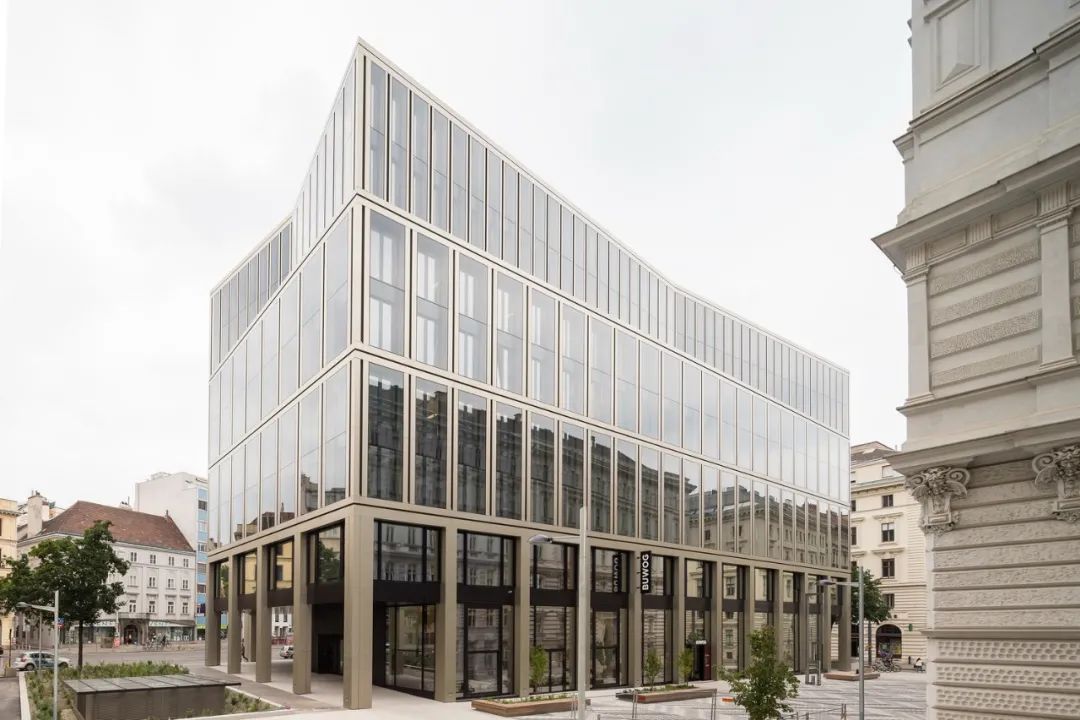At present, the average comprehensive energy efficiency (SCOP) of refrigeration rooms in China is only 3.6.
Therefore, improving the energy efficiency of the building refrigerator room is one of the important ways to improve the total building energy consumption and reduce power consumption.
(hereinafter referred to as “Tianjia”) won the annual award of green innovation category of Paulson award with the project of “comprehensive energy efficiency improvement and investment innovation mode of building refrigeration system”.
Construction, industry and transportation are the three major areas of energy consumption and the main body of direct and indirect carbon emissions.

However, compared with other subway stations, the air conditioning and refrigeration here can save 764000 kwh, 244.5 tons of standard coal and 635.6 tons of carbon dioxide emissions every year…
Every midsummer, when you walk into Guangzhou Metro Xintang station, the bursts of cold air from the air conditioning unit make passengers feel cool and comfortable.
In the Guangzhou Metro high-efficiency machine room demonstration station project, Tianjia has established an uninterrupted and tamper proof monitoring platform in the cloud by the user, the equipment and the national authority.
For a long time, there is no unified standard for system energy efficiency in the promotion of building energy-saving technology, and most of the energy-saving data are tested unilaterally, resulting in the limitation of energy-saving promotion mode.
Through the load forecasting model of rail transit station, the researchers accurately calculated the passenger flow coefficient and air conditioning load coefficient of Xintang station, and designed the configuration of “70% general host + 30% ultra-high efficiency maglev unit”.
and the Yangtze River Delta carbon neutralization Strategic Development Research Institute of Southeast University to jointly launch the first “carbon footprint production, study and research” project in the air conditioning industry, establish a scientific basic database of carbon emissions, and reduce carbon emissions for the whole life cycle of air conditioning products, Provide technical support from theory to practical application.
Inside the machine room, researchers applied the design of 7-10 ℃ variable chilled water temperature, 7 ℃ large temperature difference and variable flow system and ultra-low resistance hydraulic system, which effectively reduced the energy consumption of the water pump and improved the energy efficiency of the main engine.
However, improving building refrigeration energy efficiency faces severe problems: first, the refrigeration system accounts for a high proportion of energy consumption and is one of the main bodies of carbon emission; Second, the energy efficiency of building refrigeration rooms in the world is generally low.
In the high load period in summer, the traditional chiller will operate with high efficiency, and the maglev unit will operate with high efficiency when the load is not satisfied in the transition season.
For the attention of 290000 refrigeration, HVAC and air conditioning professionals, please contact: 18149752715..
The energy-saving data is true, transparent and reliable, showing users “visible energy-saving”.
“Visible energy conservation” solves the problem of return on investment.
At the same time, Tianjia also cooperated with China Quality Certification Center, Jiangsu Institute of quality and standardization, China intercooler Quality Certification Center Co., Ltd.
According to the Research Report on the development of China’s efficient air conditioning and refrigeration room (2021), the building energy consumption accounts for 35% of the total social energy consumption, the refrigeration system accounts for 50% of the building energy consumption, and the refrigeration power consumption accounts for more than 15% of the total social power consumption, with an average annual increase of 20%.
On November 23, Paulson foundation and Tsinghua University officially announced the “2021 Paulson Sustainable Development Award” (hereinafter referred to as “Paulson Award”), and Nanjing Tianjia Environmental Technology Co., Ltd.
According to the test of Hefei Testing Institute of National General Research Institute, Guangzhou Metro Xintang station applies the energy-saving scheme of Tianjia Metro efficient machine room to save about 764000 kwh of electricity per year, and a single station can reduce carbon emissions by about 636 tons per year.
It has two categories of “green innovation” and “nature protection”, looking for innovative solutions to deal with climate change, improve environmental quality and promote green and low-carbon development.
Since 2015, Tianjia company, an enterprise of Nanjing Economic and Technological Development Zone, has implemented the construction of high-efficiency machine room demonstration station in Xintang station of Guangzhou Metro.
Paulson sustainable development award is a heavyweight award with great authority and influence in the field of global sustainable development.
Co chairman of the jury, academician of the Chinese Academy of engineering Zhuang Weimin, President of the Architectural Design Institute of Tsinghua University, said at the award ceremony: “based on the urgent and large-scale demand for green refrigeration in China and other countries around the world, the promotion and application of Tianjia mode can effectively promote the green and efficient development of the refrigeration industry, and have a positive impact on the realization of carbon peak, carbon and goal and the mitigation of climate change.” Technological innovation directly hits the pain point of building energy conservation.



